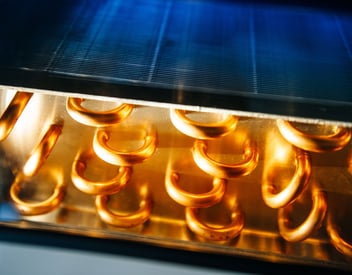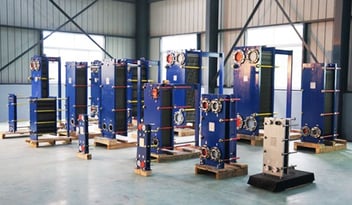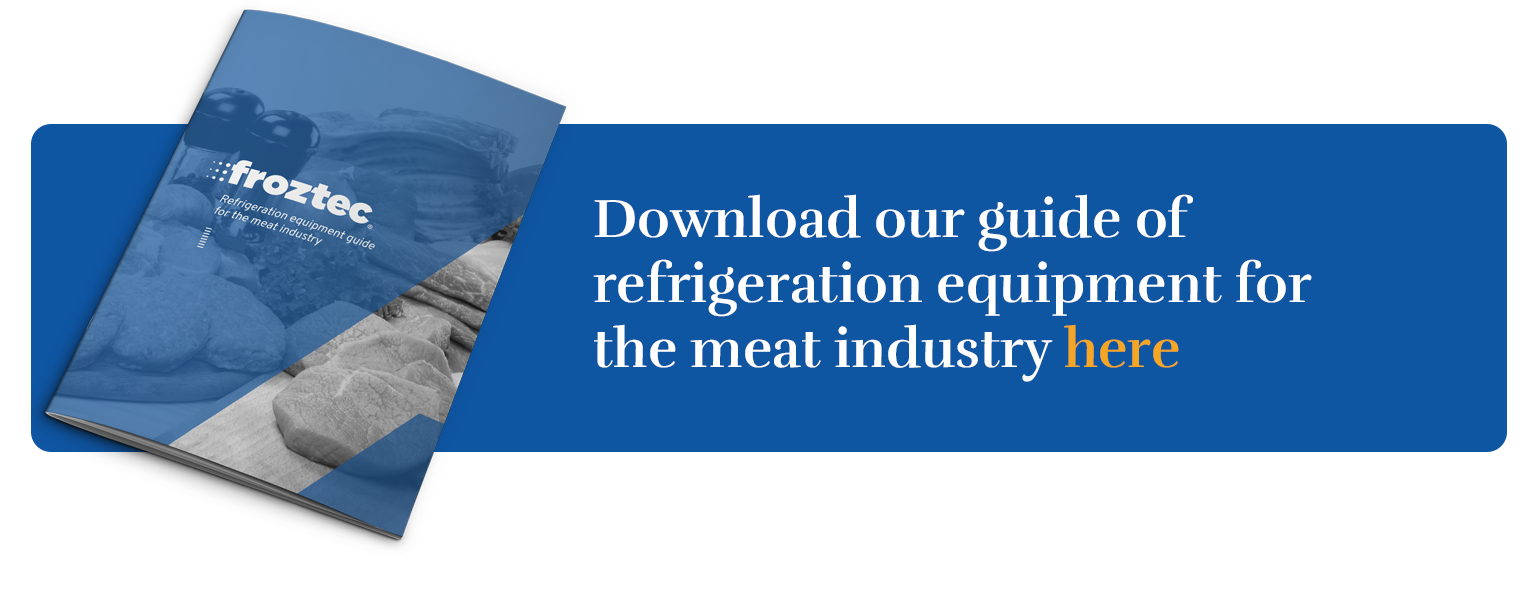Controlling the temperature and relative humidity is the most important factor to maintain the quality of the products within the cold chain in food, specifically, in its supply chain, but how much care is put in it to at the time of designing a cooling system?
The preservation of the product at the lowest possible temperature (0 ° C for temperate crops or 10-12 ° C for tropical or subtropical plants sensitive to cold damage) will increase the useful life of the product, since low temperatures reduce the rate of respiration and sensitivity to ethylene, also reducing the loss of water.

The other side of the coin: cold damage
However, it’s also important to avoid cold damage, caused by an inadequate refrigeration or freezing process, since the symptoms include:
- Inability of the fruit to ripen (bananas and tomatoes).
- Development of "chopped" or depressed areas (oranges, melons and cucumbers)
- Browning (avocados, cherimoyas), increased susceptibility to rot (cucumbers and beans)
- Development of unpleasant flavors (tomatoes).
What about the design in the control of relative humidity?
Good design is a prerequisite for a building that resists the problems of relative humidity. However, a good design by itself is not enough. The design must be correctly implemented during construction and be maintained during the operation of the building or production plant by the owner or administrator. For this, the design team in cooperation with the owner, the contractor and third parties must submit the project to a proper execution of the engineering through a process known as commissioning and that could consist mainly of:
- Document the general objectives of humidity control.
- Plan water controls and responses to water events to be implemented during construction.
- Identify inspections, tests, commissioning and quality assurance activities to ensure that the planned moisture control measures are implemented as designed.
- Establish the requirements of and the responsibility to provide, review and accept shipments, execution plans, proposed substitutions and scheduled inspections.
- Document the Operation and Maintenance (O & M) procedures required to maintain the expected humidity control measures through the life of the building.
The commissioning processes have been documented with associations such as the ASHRAE, which in 1996 published the guide The HVACR Commissioning Process Guideline 1-1996 (Guide to Processes for Commissioning) which extended the reach and to date has been subjected to updates resulting of work and field experience developed in various projects around the world.
The design of a cooling system and relative humidity control doesn’t end with the installation of equipment: it’s a process in constant documentation and revision to maintain efficiency and ensure an installed load capable of responding to increased production.
Related
Discover more related articles

Heat exchanger: the key part for your refrigeration system
The advanced technology behind the heat exchangers has made them increasingly popular in refrigeration systems and many other applications. But the...
Read more »
Why choose a plate heat exchanger for your refrigeration system?
The technology behind the heat exchangers makes them an excellent alternative both in heating systems and industrial refrigeration, replacing coils...
Read more »
